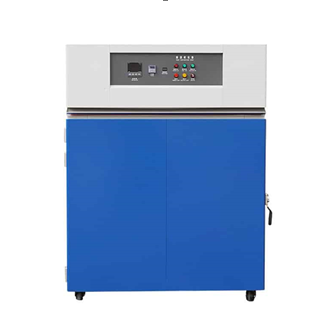
What Other Environmental Conditions Can Salt Spray Chambers Simulate

Apart from the simulation of salt spray corrosion, salt spray chambers can also be used to simulate and evaluate other environmental conditions that can lead to corrosion. Some of these conditions include:
Humidity:
Salt spray chambers have the capability to create and control high levels of humidity. This is essential for testing materials and coatings in environments with high moisture content, such as coastal or tropical regions. The combination of high humidity and temperature can accelerate the corrosion process, allowing for a more accurate evaluation of the materials’ resistance to atmospheric corrosion.
Temperature Variation:
Salt spray chambers can simulate temperature variations to assess the performance of materials and coatings under changing climatic conditions. By subjecting specimens to cyclic exposure of salt spray and temperature fluctuations, the chambers can replicate realistic conditions experienced in real-world environments. This type of testing is particularly relevant for outdoor applications where materials are exposed to different temperatures throughout the day or across seasons.
Acidic Environments:
Some advanced salt spray chambers offer the capability to introduce specific corrosive solutions, mimicking acidic environments. These chambers can simulate the effects of acid rain or other industrial pollutants that can significantly impact the corrosion behavior of materials. Testing materials in these simulated acidic conditions helps evaluate their resistance to chemical corrosion.
Sulfur Dioxide Exposure:
In addition to salt spray and humidity, certain salt spray chambers are equipped to introduce sulfur dioxide (SO2) gas. This allows for evaluation of materials in environments with heavy industrial pollution or areas with high sulfur dioxide content. SO2 exposure can cause accelerated corrosion and degradation of materials, making it essential to assess their resistance under such conditions.
Fog and Condensation:
Some salt spray chambers have the capability to generate fog and controlled condensation, replicating conditions encountered in foggy or high-humidity environments. Fog and condensation can promote corrosion due to the presence of moisture on the surface of materials. Evaluating materials in this type of environment helps to assess their resistance to localized corrosion, such as pitting or crevice corrosion.
It’s important to note that the ability to simulate these conditions may vary depending on the specific salt spray chamber model and its features. Manufacturers provide detailed information regarding the capabilities and specifications of their chambers, enabling users to select the most appropriate equipment for their specific corrosion testing needs.



